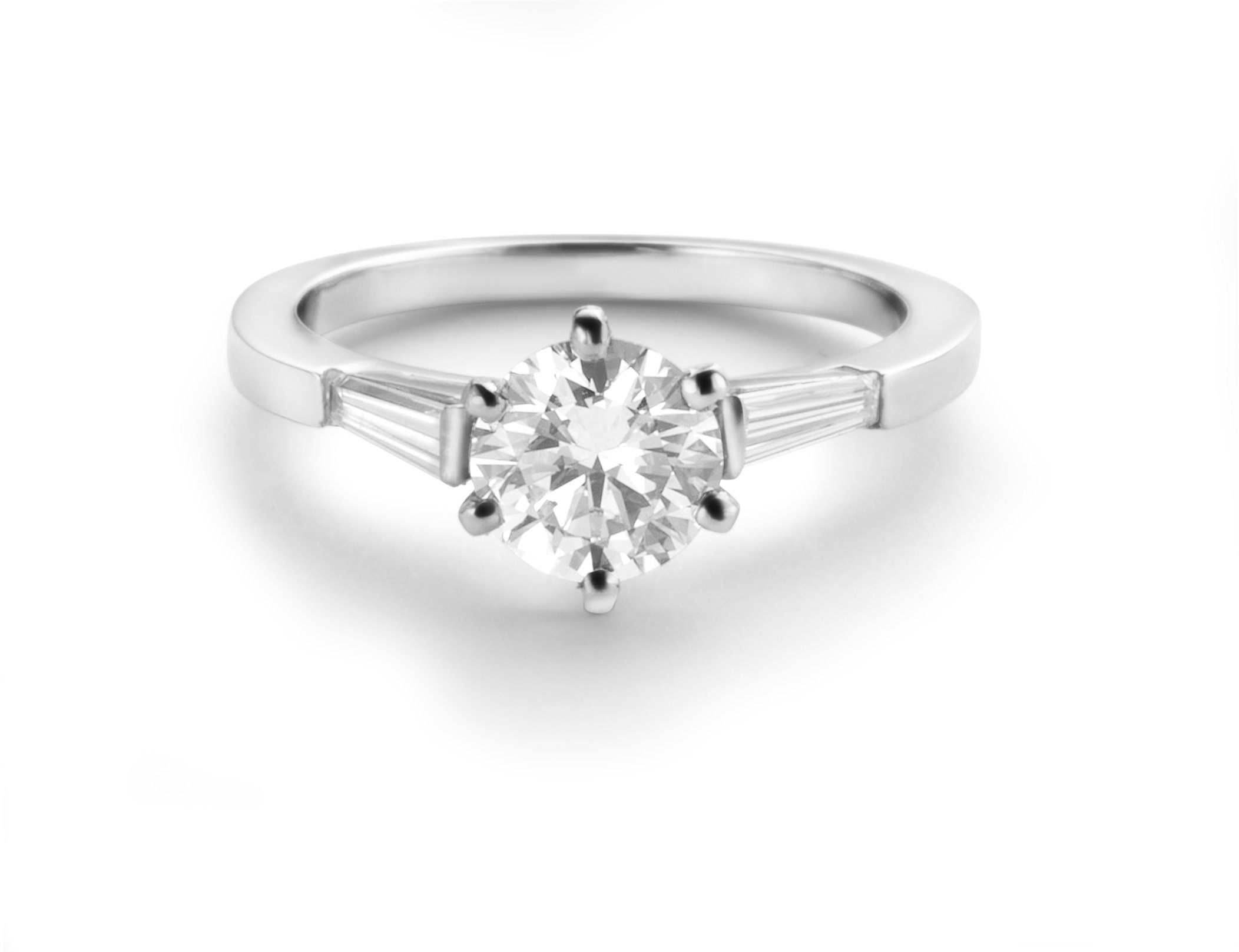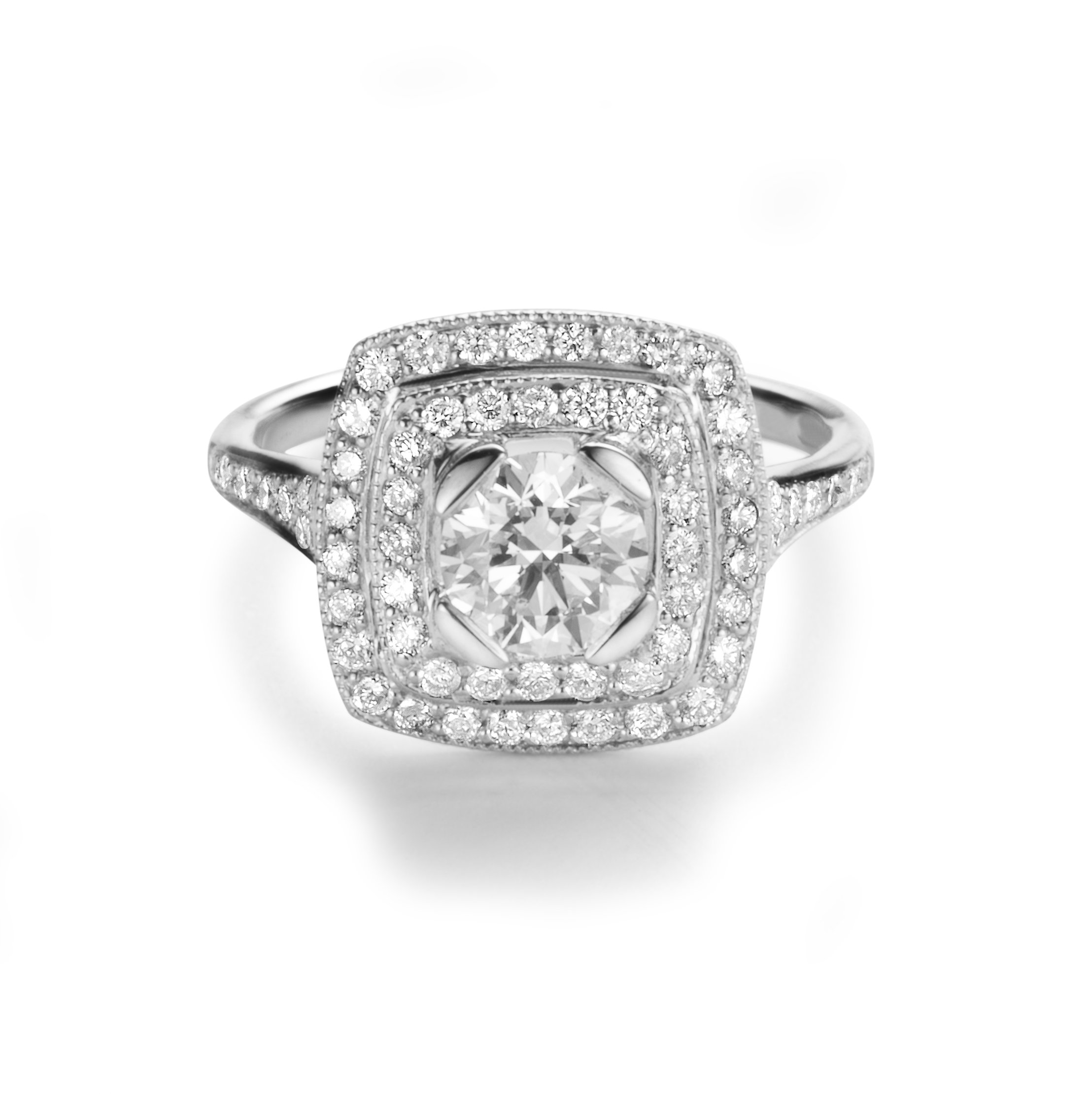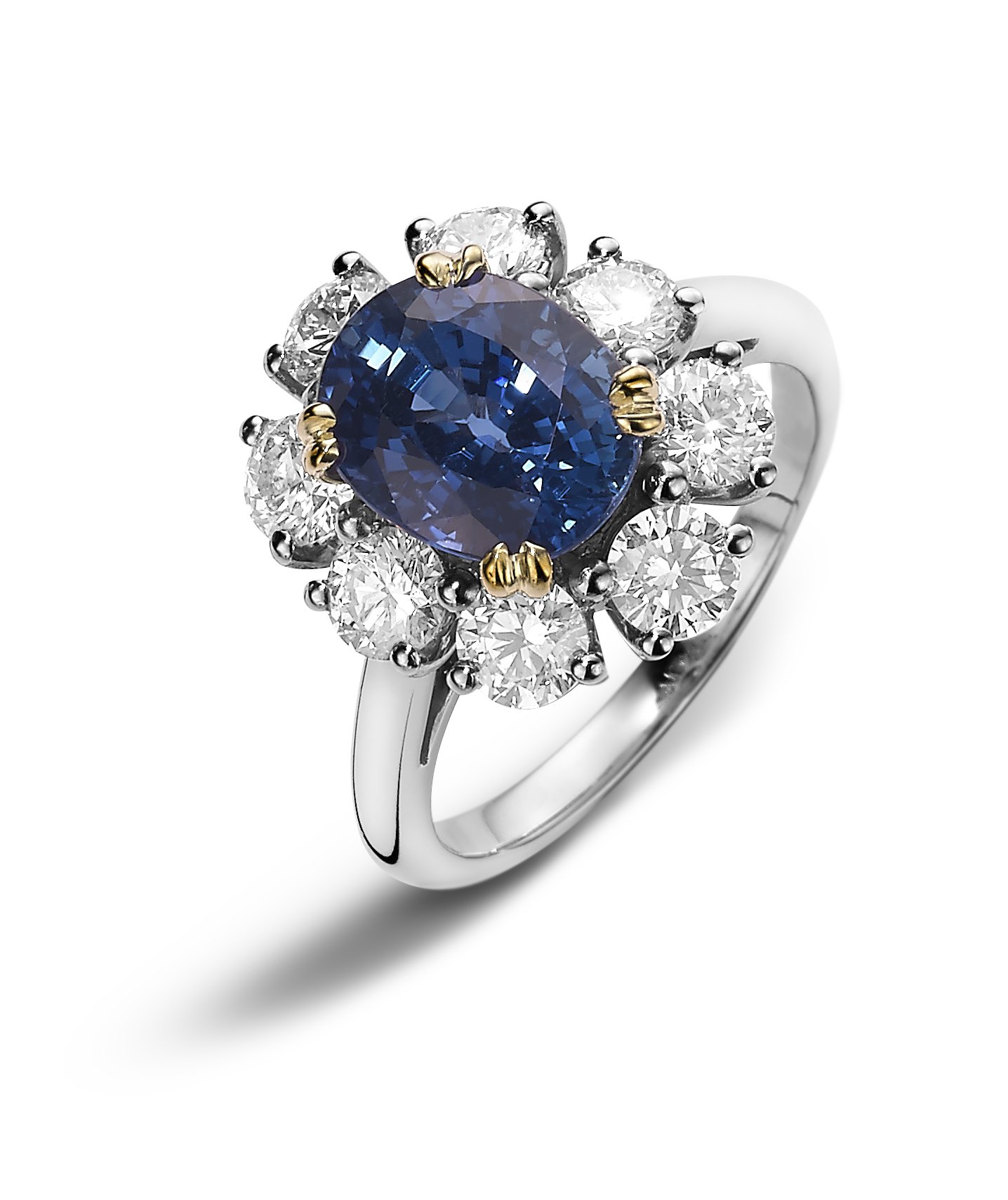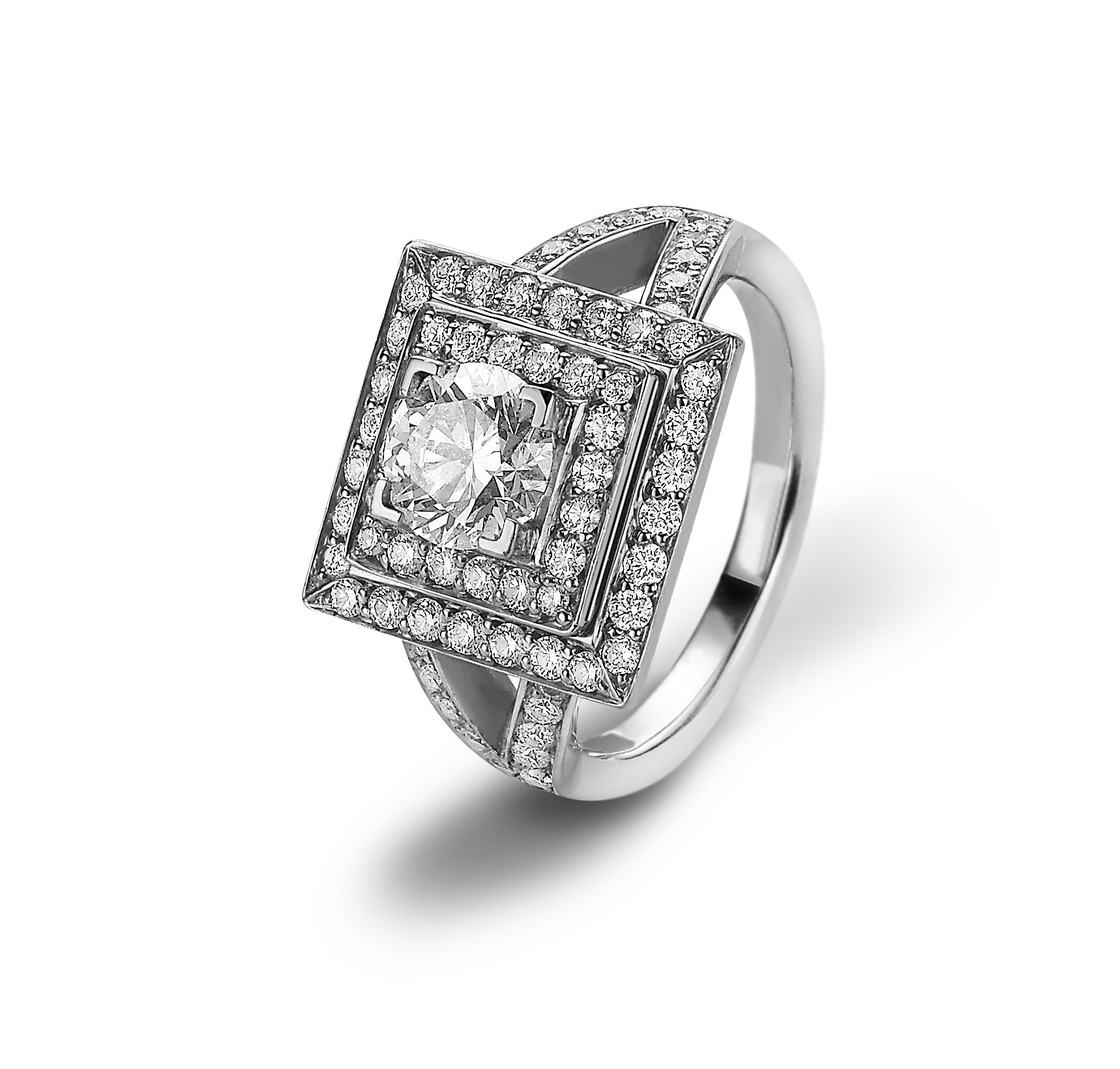How to choose the the perfect engagement ring?
Picking out the perfect engagement ring can seem like an overwhelming task. But with the help of this step-by-step plan, it already becomes a lot more manageable.
1. Which ring suits you?
An engagement ring is one of the most personal investments you make in a lifetime.
It not only symbolizes your love, but your bride-to-be will wear it for the rest of her life.
Therefore, first think already about what kind of ring suits you. A classic ring with a central diamond or gemstone? Or rather a ring with different stones that each have a special meaning? Or a ring that will suddenly also serve as a wedding ring?
2. What budget?
Now that you have a vague idea of what kind of engagement ring you are looking for, it is time to consider how much you want to spend on your ring.
In the following steps, you will see that the choices are virtually endless. The type of ring and budget are going to go a long way in helping you make a good choice.
Of course, it is normal if you do not yet have any idea what you budget to spend on your engagement ring. Therefore, just look around to see what possibilities there are for the kind of ring you have in mind. Then you can set your budget well informed.
3. What style?
Now the hardest part: which ring style do you prefer?
Does she like a classic style? Or does she prefer modern, contemporary or avant-garde?
The classic engagement ring with one central stone or prefer side stones in the ring and/or stones around the central stone ("entourage" or "halo")?
In which metal? Yellow or rose gold, or do you prefer white? In the latter case, it is best to choose platinum. This precious metal is rarer than gold, but is much more solid and thus better suited than white gold for jewelry.
Look closely at the jewelry she is wearing now. What style does she prefer? What metal color does she prefer to wear?
4. The Stone
In 1477, Archduke Maximilian of Austria gifted a ring with diamonds to his fiancée, Mary of Burgundy, as a sign of his indestructible love. Thus he started the tradition of the diamond engagement ring. For centuries this was reserved only for the nobility, but since the beginning of the last century it became popular among all walks of life.
Of course, you can also choose sapphire. This gemstone is also often used in an engagement ring. With hardness 9, sapphire is very resistant to wear, which is very important for an engagement ring, which has to endure quite a bit on a daily basis. An added benefit of sapphire is that, like diamonds, this stone comes in every color. So it certainly doesn't have to be a classic blue stone. Let your creativity run wild.
Softer gemstones, such as emerald and tourmaline, are less suitable for an engagement ring because they can get signs of use faster.
The center stone usually accounts for the lion's share of the price of the engagement ring. The price of diamonds is determined by the famous 4 C's: Carat (weight and size), Colour (color), Clarity (clarity) and Cut (cut, which includes both shape and cut quality). All explanations about diamonds and the 4 C's can be found here.
Choosing the perfect diamond for your engagement ring is easier than it seems. We always advise our clients to set their budget first and then choose the ring. By subtracting the price of the ring from your total budget, you now know how much you want to spend on the diamond itself. It's then just a matter of picking the best diamond available within that budget. At Van der Veken, we always give you a visual overview of all diamond prices so that you can choose your stone in an informed manner.
Just one tip: When choosing a diamond, always prioritize color over clarity.
5. The Jeweler
Choosing the right jeweler is essential. Both before, during and after the purchase of your engagement ring, it plays an important role.
First and foremost, of course, the jeweler must be trustworthy. You would not be the first person who thought he had done the deal of a lifetime but later discovered he had bought a synthetic stone. Go to a reputable jeweler and be wary of being hit around the ears with discounts. If it is too good to be true, it usually is. Don't be fooled by certificates, either. It is a breeze for rogue dealers to get genuine certificates that do not match the stone they are selling.
It is also important that the jeweler guide you through the purchase process in the best way possible. Expertise and skill are essential. Ask how the engagement rings he sells are made. The detail of the answer to that question will already give you a good idea.
Does the jeweler offer customization and/or personalization? Is there a wide range of choices?
What about warranty? What are the exchange terms? Can the size be adjusted later?
6. Final details
The measure
Of course, it is important that at the moment suprême, the engagement ring that you have now invested so much time and money in should also fit around the right finger.
Rest assured, the chance of getting the size perfectly right is 50% at most. So don't worry too much about that. More important is to make sure the engagement ring fits approximately, so not too big and not too small.
The best way is to take a ring to the jeweler. Just make sure she wears that ring on the right finger, that is, the left ring finger. Otherwise, of course, this won't help anything.
If she's not wearing rings, or not around the right finger anyway, it's also an idea to subtly compare her ring finger to yours. Perhaps your little finger is about the same size as her ring finger, or the first phalanx.
An engraving?
Wedding rings are usually engraved with your two first names and the wedding date.
An engraving is not always placed in an engagement ring, but it can be the ideal opportunity to place a particularly personal message. We have already put in engagement rings the most diverse things, from the date of the first kiss, to a complete line from a special song. A lot is possible, so let your creativity run wild.
















![7-a+[1].jpg](https://images.squarespace-cdn.com/content/v1/619fb2aec5c094108f444aca/1646925054434-4RZ5JK1PI0KSMOK7L0E4/7-a%2B%5B1%5D.jpg)
![7-a[1].jpg](https://images.squarespace-cdn.com/content/v1/619fb2aec5c094108f444aca/1646924778418-6JD4AVRNQR69CZCUJ6S0/7-a%5B1%5D.jpg)
